In the vast expanse of the United States, where extreme weather events are not uncommon, one of nature’s most formidable displays of power stands out: the tornado. While many tornadoes have wreaked havoc across the country, one particular event earns the title of the biggest tornado outbreak in US history. This article delves into the details of this colossal meteorological phenomenon, exploring its background, characteristics, and impact.
An Overview of Tornadoes
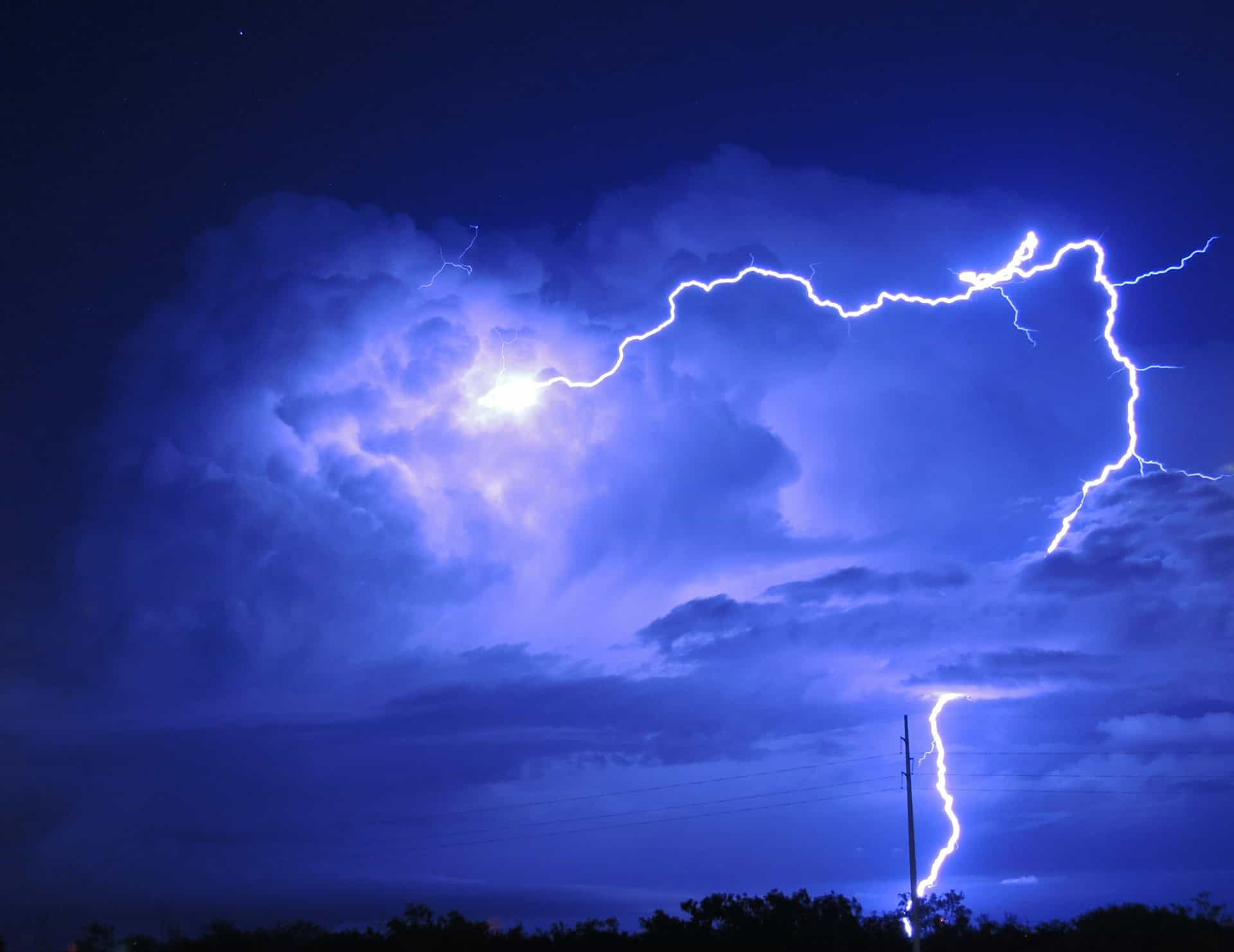
Tornadoes are violently rotating columns of air extending from a thunderstorm to the ground. These phenomena can cause extensive damage due to their intense wind speeds, sometimes exceeding 300 miles per hour. Tornadoes can occur in various parts of the world, but they are most frequently seen in the United States, especially in “Tornado Alley,” a region characterized by favorable conditions for tornado formation.
The Largest Tornado Outbreak The Super Outbreak of April 1974
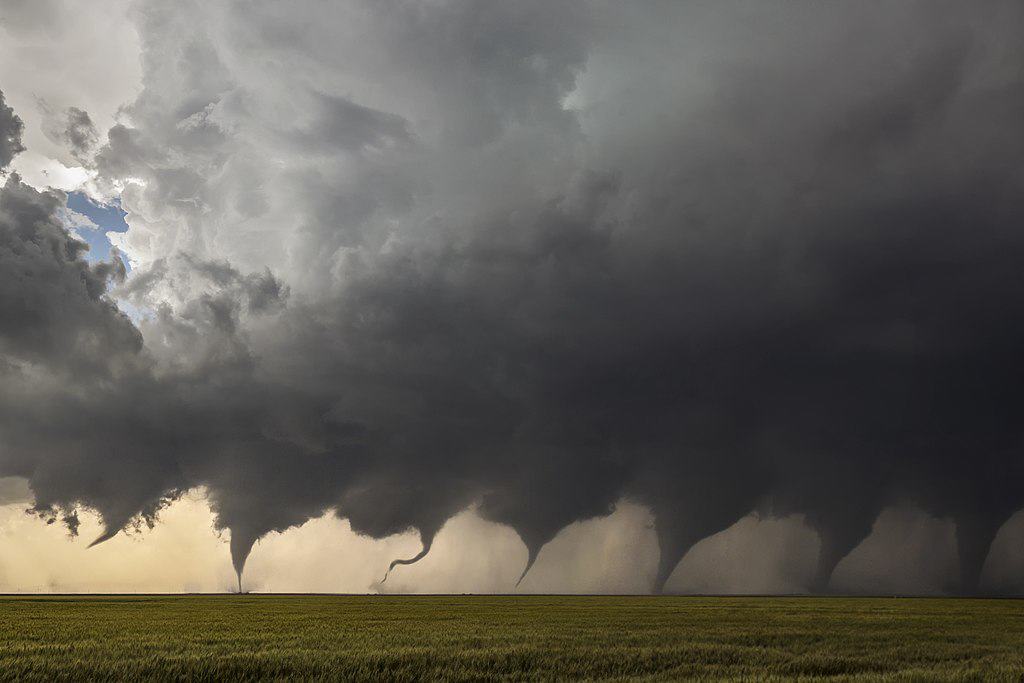
Among the many devastating tornado events in U.S. history, the Super Outbreak of April 3-4, 1974, stands out as the largest. During this significant weather event, 148 tornadoes were confirmed across 13 states, stretching from the Great Lakes down to the Deep South, causing widespread destruction and loss of life.
Understanding the Meteorological Setup
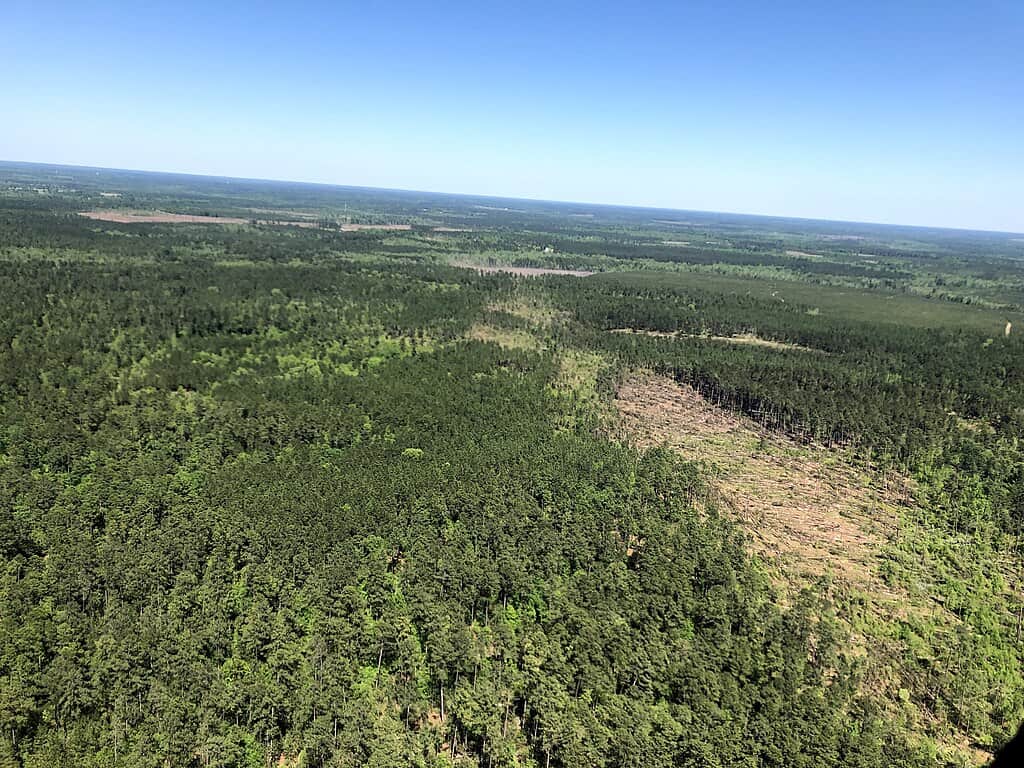
The Super Outbreak of 1974 occurred under a perfect combination of meteorological conditions. A potent low-pressure system, coupled with moist, warm air from the Gulf of Mexico, collided with cooler air moving southeast from Canada, creating an unstable atmosphere ripe for tornado development.
The Path of Destruction

The 1974 outbreak carved a path of destruction that affected numerous communities, leaving thousands of homes destroyed and infrastructure severely damaged. The tornadoes varied in size and strength, with many reaching F4 and F5 intensities on the Fujita Scale, highlighting their potential for catastrophic damage.
The Fujita Scale’s Role in Assessing Tornado Strength

Developed by Dr. Tetsuya Fujita, the Fujita Scale classifies tornadoes based on the damage they cause, ranging from F0 to F5. During the 1974 Super Outbreak, several tornadoes reached the F5 category, indicating maximum wind speeds and the highest potential for destruction.
Notable Tornadoes of the Super Outbreak

Several tornadoes during the Super Outbreak gained notoriety, including the Xenia, Ohio tornado that obliterated significant parts of the city and the violent twisters that leveled portions of Louisville, Kentucky, and Huntsville, Alabama. Each of these tornadoes left lasting impacts on their respective communities.
The Human Toll Casualties and Survival Stories

The Super Outbreak claimed over 300 lives and injured more than 5,000 people. In the aftermath, harrowing survival stories emerged, highlighting both human resilience and the dire consequences of such natural disasters. Despite the tragedy, many communities demonstrated remarkable strength in rebuilding their lives.
Lessons Learned Advances in Tornado Prediction and Response

The sheer scale of the 1974 outbreak spurred significant advancements in meteorology and disaster response. Meteorologists gained a deeper understanding of the conditions that foster tornadic activity, leading to improved prediction models, warning systems, and emergency preparedness strategies.
The Role of Technology in Tornado Tracking

Radar technology played a crucial role during the 1974 outbreak, allowing for real-time tracking of storms. Since then, technological advancements like Doppler radar have significantly improved our ability to forecast tornadoes and issue timely warnings, potentially saving countless lives.
Impact on Modern Building Codes and Safety Measures
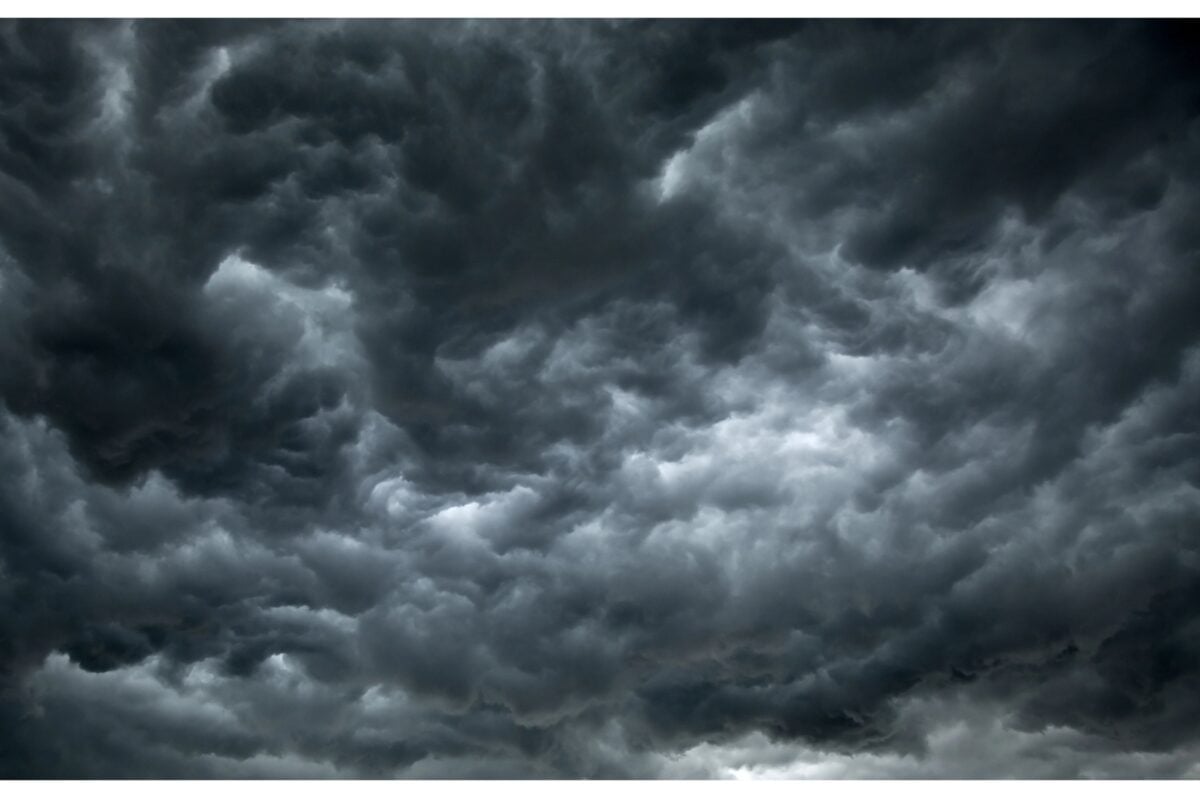
The devastation underscored the need for stringent building codes and safety measures to protect lives and property. Many regions introduced new construction guidelines and community shelters to better withstand future tornadoes.
Commemorating the Super Outbreak
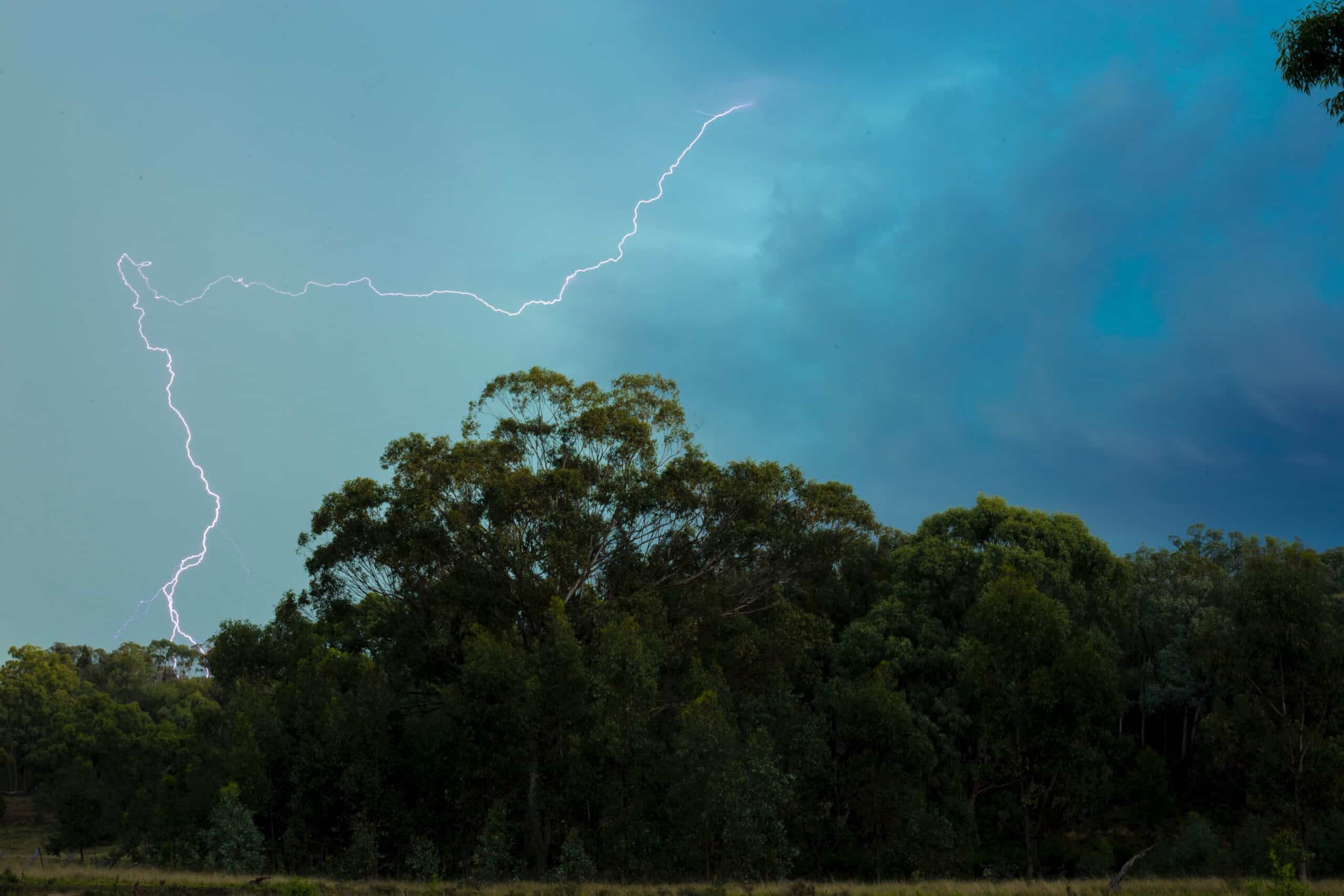
Commemoration events held in affected areas honor the victims and survivors of the 1974 Super Outbreak. These events serve as a reminder of the power of nature and the resilience of humanity in the face of adversity.
A Lasting Legacy Education and Public Awareness
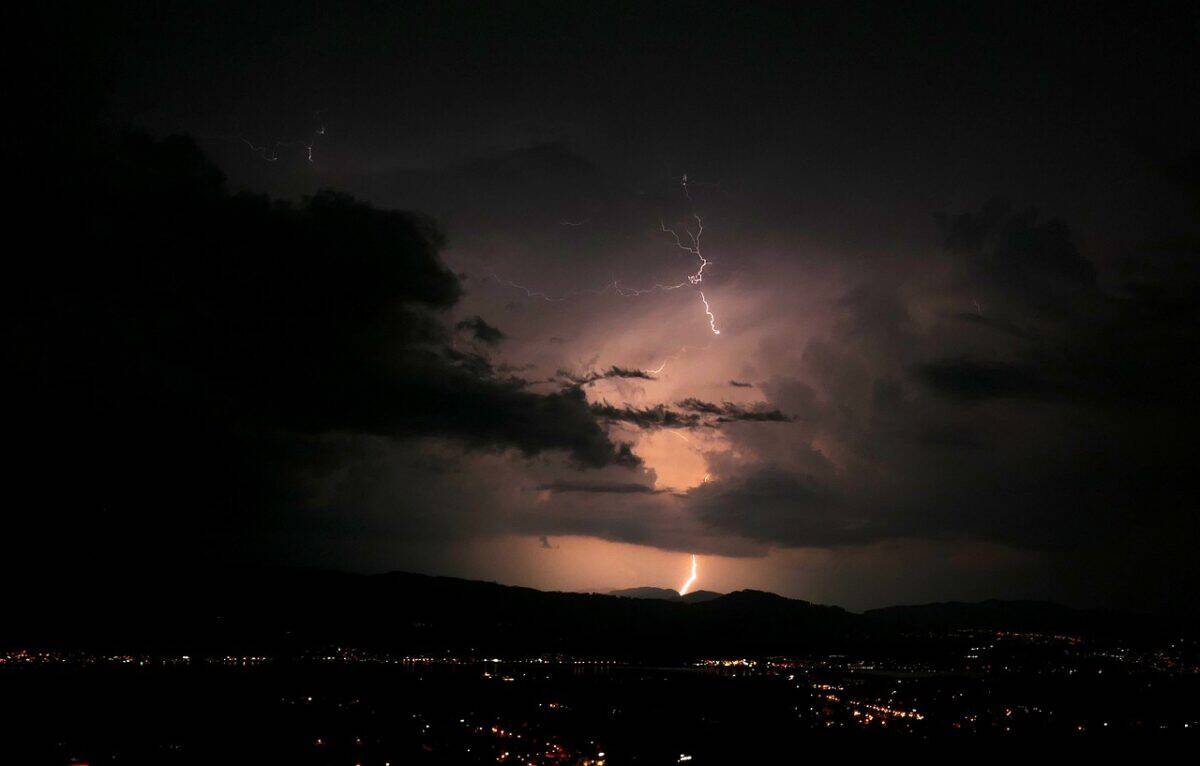
The legacy of the 1974 Super Outbreak endures in the form of increased public awareness and education regarding tornado safety. Schools and communities regularly conduct drills and distribute information to ensure individuals are prepared and informed in the event of a tornado.
Conclusion: Understanding Nature’s Fury

The Super Outbreak of April 1974 remains a pivotal event in the history of meteorology and disaster response in the United States. It highlights the incredible power of nature and the critical importance of preparation, prediction, and resilience in the face of such devastating events. Reflecting on this outbreak, it is evident that although nature may be unpredictable, advances in science and technology continue to improve our readiness and response to future tornado threats.
- 14 Raptors With Unbelievable Hunting Abilities - August 12, 2025
- 12 Wild Animals That Mate for Life - August 12, 2025
- What Actually Happens When You Get Too Close to a Yellowstone Bison - August 12, 2025

